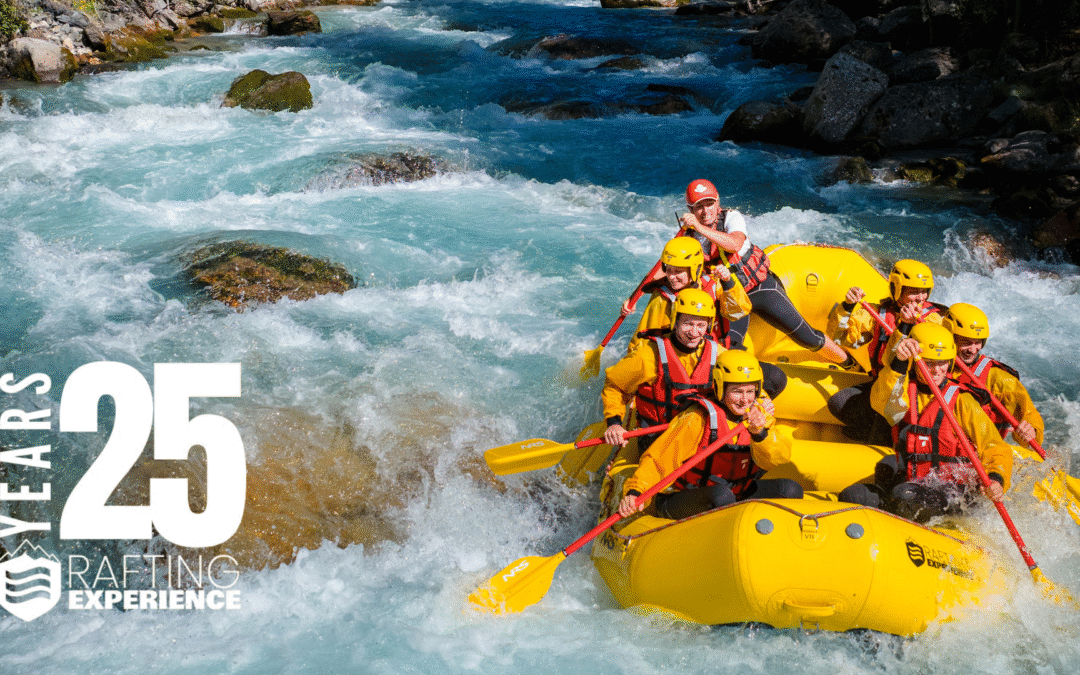Rafting is an exhilarating activity that combines adrenaline, nature, and camaraderie. If you’re new to the world of rafting, it’s important to understand the different classifications of river difficulty. This will help you choose the right whitewater adventure that matches your skill level and preferences. In this article, we’ll explore the various classes of river difficulty and provide clear information to assist you in making an informed decision during your next rafting experience.
WHAT IS RAFTING?
Rafting is a whitewater activity that involves navigating a river aboard a specially designed inflatable raft. It’s an exciting adventure that offers a unique blend of thrills and connection with nature. Whether you’re an adrenaline junkie or simply seeking a fun outdoor experience, rafting is an activity worth trying.
THE IMPORTANCE OF RIVER DIFFICULTY CLASSIFICATION
River difficulty classification is essential for ensuring participant safety. It helps determine the skill level and experience required to navigate a specific river. Classification is based on factors such as river flow, obstacles present, and rapid complexity. By understanding these classifications, you can choose a whitewater adventure that suits your abilities and comfort level.
CLASS I – EASY
Class I is the easiest and suitable for beginners. Rivers in this class are generally calm and have few obstacles. The rapids are of low intensity, allowing for safe navigation. It’s an excellent option for those looking to get started with rafting.
CLASS II – MODERATE
Class II offers a bit more excitement than Class I. The rapids are slightly more powerful but still quite predictable. Some experience or basic training is recommended before tackling rivers in this class.
CLASS III – DIFFICULT
Class III is for intermediate paddlers. Rapids in this class are more powerful and may feature higher waves. A good command of paddling technique is necessary to navigate Class III rivers successfully.
CLASS IV – VERY DIFFICULT
Class IV is reserved for experienced and confident paddlers. Rapids in this class are more complex, with larger waves and stronger currents. Proficiency in paddling technique, as well as the ability to make quick and precise decisions, is essential for safely navigating Class IV rivers.
CLASS V – EXTREME
Class V is for expert rafters. Rapids in this class are extremely powerful and come with potential hazards. Excellent mastery of paddling technique, strong river-reading skills, extensive experience, and high self-confidence are necessary to navigate Class V rivers.
CLASS VI – EXTREME AND DANGEROUS
Class VI is the highest of all river difficulty classifications. Rivers in this class are considered extremely dangerous and are generally not recommended for most paddlers. Only the most experienced and qualified professionals should attempt to navigate Class VI rivers.
HOW TO CHOOSE THE RIGHT RIVER DIFFICULTY?
When selecting river difficulty, it’s important to consider your skill level, experience, and comfort. Here are a few factors to consider:
Required skill level: Ensure you have the necessary skills to navigate the chosen difficulty class safely. Don’t overestimate yourself, and always start with rivers suitable for your level.
Water conditions: Take into account the current river conditions, such as water flow and weather. More extreme conditions can make a lower-class river more challenging.
Surrounding landscape: If you’re looking for a more scenic rafting experience, choose a river that offers beautiful surroundings. The natural beauty of the environment can add an extra dimension to your adventure.
Required equipment: Check the equipment requirements for each difficulty class. Some rivers may require additional safety gear. You’ll need items such as helmets, life jackets, and wetsuits.
CONCLUSION
Make the most of your rafting experience by choosing the right river difficulty. Understand the different classifications and assess your skills and comfort before embarking on a whitewater adventure. Whether you’re a beginner or an expert, there’s a river that suits you. Prepare, equip yourself, and get ready to feel the excitement of navigating the rapids. Enjoy every moment and create unforgettable memories!
FAQs
Q: What is river difficulty classification? A: River difficulty classification is a system that ranks rivers based on their level of difficulty, ranging from easiest (Class I) to most extreme (Class VI).
Q: What is the difference between the different difficulty classes? A: The different difficulty classes are distinguished by the power of the rapids, size of waves, and complexity of navigation. The higher the class, the greater the difficulty level.
Q: Is it dangerous to raft in Class V and VI rivers? A: Yes, Class V and VI rivers are considered extremely dangerous and suitable only for expert paddlers. They feature powerful rapids and potential hazards.
Q: What skill level is required for rafting in a Class III river? A: Rafting in a Class III river is recommended for those with some prior rafting experience and a good command of paddling technique.
Q: What are the essential safety equipment for rafting? A: Essential safety equipment for rafting includes a helmet, life jacket, wetsuit, and appropriate footwear. It’s also important to have a rope, safety knife, and a rescue phone in case of emergencies.




